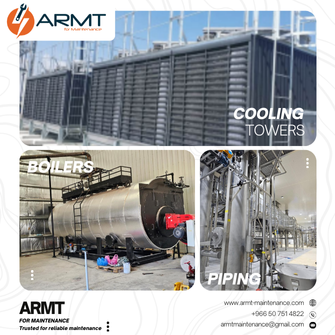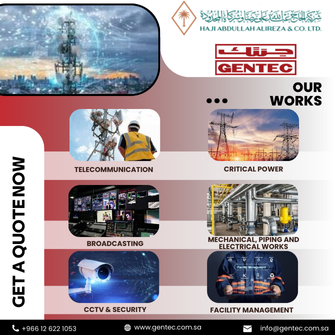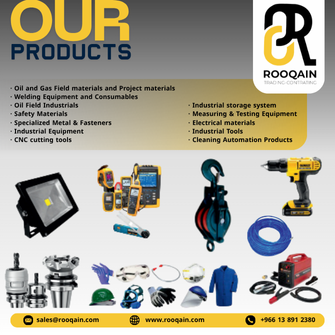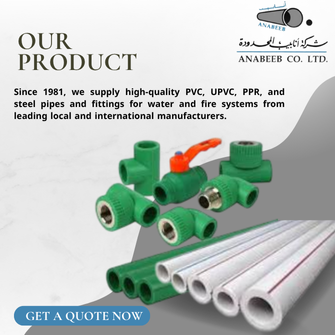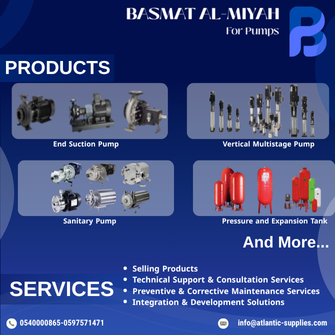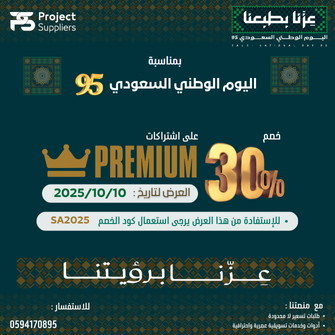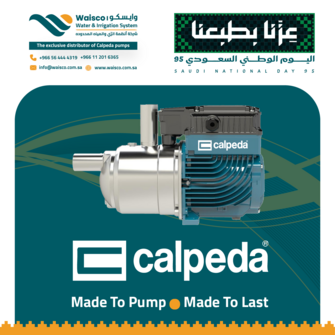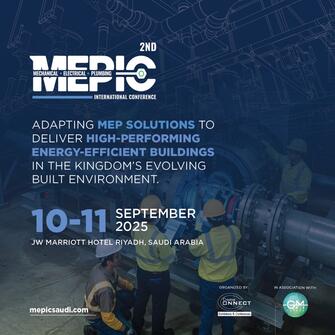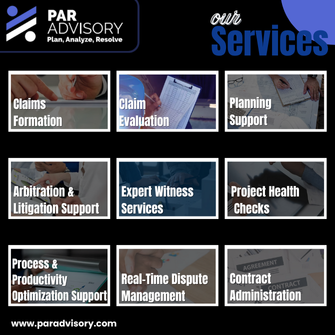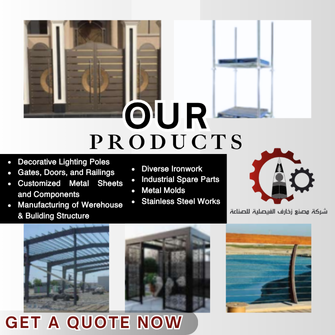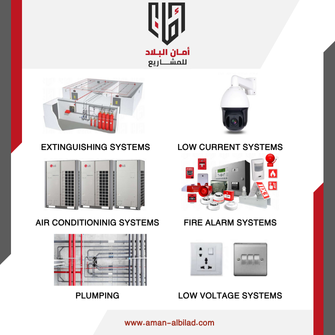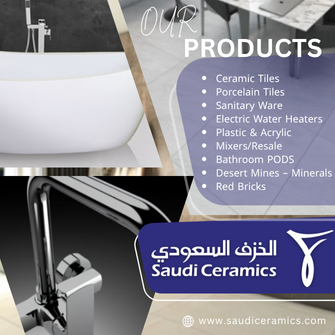advertisement
Service Information
SECURITY LIGHTING AND ITS USESDEFINITION OF SECURITY LIGHTING:
Security lighting provides a level of illumination to clearly identify persons or objects and creates a psychological deterrent to criminal activity in the area being protected.
There are four general types of outside security lighting: continuous lighting, emergency lighting, moveable lighting, and standby lighting.
CONTINUOUS LIGHTING:
Continuous lighting, the most familiar type of outdoor security lighting can be designed to provide either of two specific results: greater projection or controlled lighting. The glare method of continuous lighting originated in prisons and correctional institutes. It is still used today. It is described by some security experts as a "barrier light" and is particularly effective for lighting boundaries around a facility and approaches to a site. This technique is normally used when the glare of lights directed across an area does not annoy or interfere with neighboring or adjacent properties. The utility of this method is that a potential intruder has difficulty seeing inside an area protected by such a "barrier"; thus, the lighting method creates a strong visual and psychological deterrent. Generally, floodlights are used in this way because the beam, although easy to direct, produces a lot of glare.
The controlled lighting method is generally employed in situations where, due to surrounding property, nearby highways, or other limitations, it is necessary to more precisely focus the light. For example, the controlled lighting method is used when the width of the lighted strip outside an area must be controlled and adjusted to fit a particular need, such as illuminating a wide strip inside a fence and a narrow strip outside, or lighting a wall or roof. One of the most popular methods of controlled lighting for industrial and commercial use is the "surface method." This method provides for the complete illumination of a particular area or structure within a defined site; not only are the perimeters of the property lighted, but also the various parking areas, storage lots, and other locations that require improved security. Another advantage of the surface method is that the lighting units are directed at a building rather than away form it so that its appearance is enhanced at night. This method is used in some locations to illuminate the front and surroundings of residential sites.
STAND-BY LIGHTING
A second type of outside security lighting is stand-by lighting. Stand-by lighting systems generally consist of continuous systems, but are designed for reserve or stand-by use or to supplement continuous systems. These systems are engaged either automatically or manually when the continuous system is inoperative or when there is a need for additional light. A stand-by system is most useful to selectively light a particular portion of a site if an intruder is suspected or to light an area for occasional use.
MOVEABLE OR PORTABLE LIGHTING
A third system uses moveable lighting hardware. This system is manually operated and usually is made up of moveable search or
flood lights that are located in selected places, which require temporary lighting. The moveable system is also used to supplement
continuous or stand-by lighting. This system is particularly useful at construction sites.
EMERGENCY LIGHTING
The fourth system is emergency lighting. Emergency lights may duplicate any or all of the other three types of lighting. Generally,
the emergency lighting system is used in time of power failure or other emergencies when other systems are inoperative. The unique
feature of the emergency system is that it is based on alternate power source such as a gas powered generator or batteries.
Emergency lighting also is considered as a back-up source of lighting, especially for systems that use high intensity discharge lamps
(HID) exclusively. HID lamps darken with momentary power this brief period is critical, use an alternate emergency lighting source, like
incandescent.
Types of Lights
INCANDESCENT
Incandescent lighting systems have low initial cost and provide good rendition. However, incandescent lamps are relatively short in rated life (500-10,000 hours) and low in lamp efficiency when compared to other lighting sources. Incandescent sources offer the lowest initial cost but their operating cost makes them relatively expensive. They are commonly used in home or in small lighting systems. If burning hours per year are low, incandescent may be economical. The lumen per watt is 17-23.
MERCURY VAPOR
Mercury vapor lamps emit a purplish-white color, caused by an electric current passing through a tube of conducting and luminous gas. This type of light is generally considered more efficient that incandescent and is used extensively outdoors. Because mercury lamps have a long life (24,000 plus hours) and lumen maintenance characteristics, they are widely used in applications where long burning hours are customary. Good color rendition is provided and the lumen per watt is 45-63
METAL HALIDE
This type is similar in physical appearance to mercury vapor, but provides a light source of higher luminous efficiency and better color rendition. The rated life hours are short when compared to the 24,000 plus of mercury lamps. They are used in applications where color rendition is important and where the burning hours per year are low. Rated at 80-100 lumen per watt.
FLUORESCENT
Fluorescent provides good color rendition and high lamp efficiency (67-83 LPW) as well as long life (12,0000-20,000 hours). However, their long length relative to their small diameter, necessitates luminaries of very wide horizontal beam spreads. Fluorescent lamps are temperature sensitive and low ambient temperatures decrease their efficiency. Fluorescent lights cannot project light over long distances and are not desirable flood lights. This type of light is used commonly indoors.
HIGH-PRESSURE SODIUM VAPOR
This light source was introduced in 1965 and is used for exterior lighting for parking areas, roadways, and buildings. It is also inside for commercial and industrial applications. High-pressure sodium vapor is constructed on the same principal as mercury vapor but emits a golden-white to light pink color. It provides high lumen efficiency (100-140) and poor color rendition. The lamp life expectancy is up to 24,000 hours. The maintenance of this light output is good and averages about 90% throughout its rated life.
LOW-PRESSURE SODIUM VAPOR
This type is similar in principles of operations to other types of vapor lights but provides a much higher lum per watt ratio (135-180). The color emitted is a golden-yellow or amber and is within a very narrow bank of yellow wavelength. This monochromatic emission occurs with the most sensitive portion of human eye response and thus provides good visual ability. However, its narrow bandwidth is responsible for very poor color rendition. The LPSV lights have about 95% lumen maintenance throughout their rated life. Average lamp life is 18,000 hours.
Lighting is a very important aspect of Crime Prevention that often goes over looked or misused. Take the time to survey your property during the night time. Check for dark areas, these are places that unwanted persons can hide undetected. Check for areas that may have blind spots because of the misdirection of the lighting sources. On occasion the lighting choice and positioning may be too much for the area. Misdirection of lighting can cause a "wall of light". This "wall of light" could create a hiding place for a criminal out in the open. While looking at your property, look for these "walls of light", which would be an area that, because of the light, you can't see past or thru it. Thus, if a person were to stand out in the open behind the light source, you still could not detect that they were standing there. If this is the case all you need to do is reposition the light source. This may take several adjustments to get it correct.
Just because the light is the brightest ever made does not mean that is good for the area. Test different lights at different wattages to find a good fit. On most occasions a 40watt light buld would be just as or more effective than a 100watt light bulb.
Take the extra time now to survey your property.
Looking for new opportunities in the Saudi market?
Receiving real RFQs is the key for new orders.
Here in Project Suppliers platform we gain you the new opportunity.




